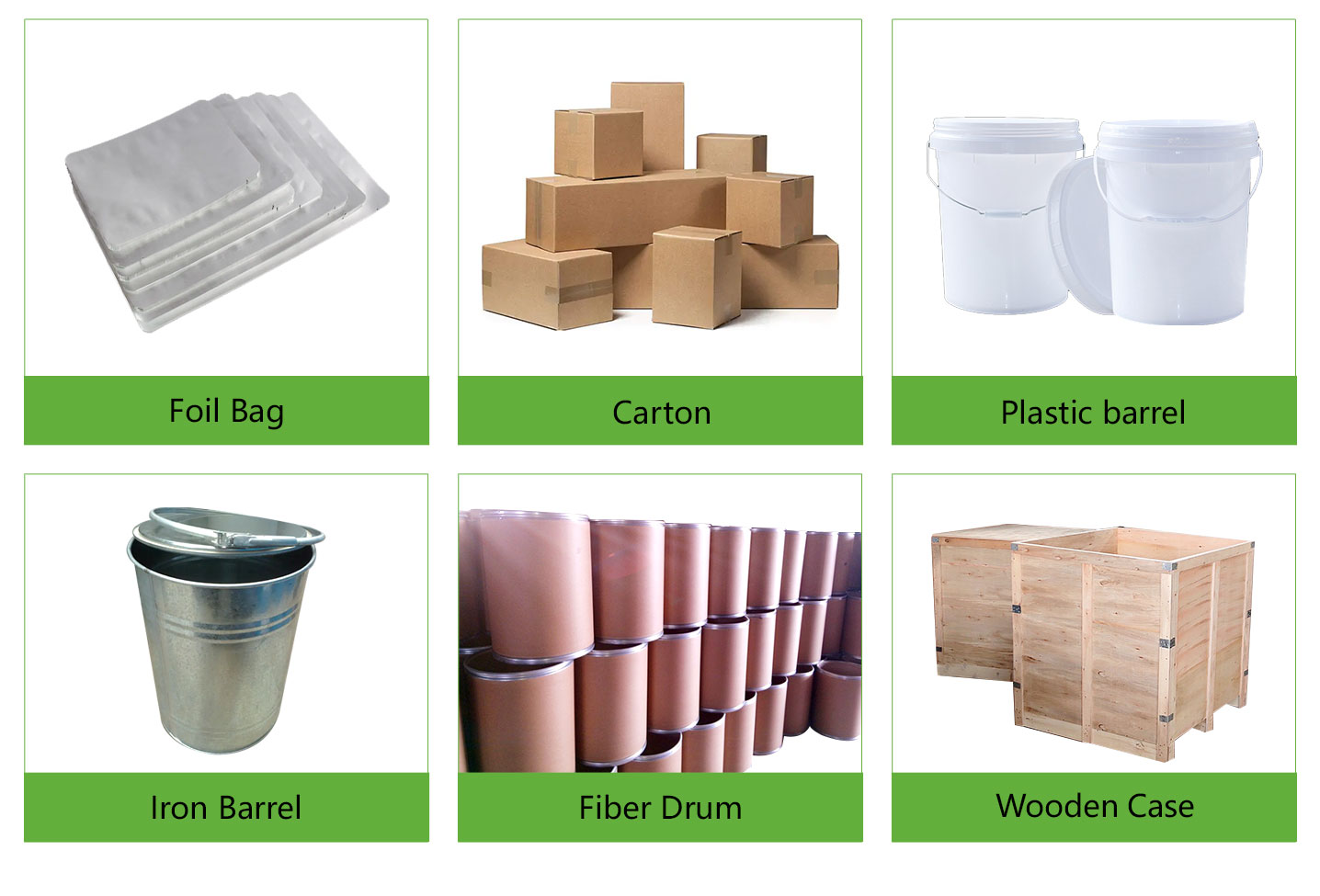Plastics and various resins play a role in transparency, conductivity, antistatic radiation, ultraviolet, and infrared blocking. Antimony tin oxide nanoparticles have broad application prospects in many fields due to their high conductivity and light color transparency. ATO antimony tin oxide is a new type of functional material that has developed rapidly in recent years.
Antimony tin oxide is a world-recognized excellent material with a series of unique properties. They show good electrical conductivity in antistatic applications and have good infrared absorption capabilities. Strong absorption of near-infrared light occurs, and transparency in the visible light range can be maintained in the film.
ATO Antimony Tin Oxide is a highly insoluble, thermally stable source of aluminum suitable for glass, optical, and ceramic applications. Antimony tin oxide is one of the most commonly used transparent conductive oxides because it has two key properties: optical transparency and conductivity. These characteristics are important for photovoltaic devices, including solar cells and flat-panel displays.
However, the current technology for forming particulate and nanoparticulate tin oxide and using an acidic medium to provide a surface coating, coating acid-sensitive materials with nanoparticulate antimony-doped tin oxide (ATO) films has become very important.
The Antistatic coating is the main application market of nano ATO powder. Nano-composite transparent antistatic coatings can be prepared by adding nano-ATO powder as a conductive filler to the matrix resin (such as polyamide and acrylic) and selecting an appropriate dispersion method. Since the previous conductive fillers usually use carbon black, they are inferior to ATO powder in color control.
Feel free to inquire about the latest Antimony Tin Oxide price if you would like to buy Antimony Tin Oxide ATO Powder in bulk.
Performance of Antimony Tin Oxide ATO Powder :
ATO, also known as antimony-doped tin dioxide, is mainly composed of tin and antimony. The particle size is mostly 5-80 nm.
|
Main |
Others |
|||||
|
As2O3≥ |
Fe≤ |
Pb≤ |
Cl≤ |
Cr≤ |
Cd≤ |
H2O≤ |
|
99% |
0.03% |
0.02% |
0.01% |
0.30% |
||
|
98% |
0.05% |
0.50% |
||||
|
97% |
0.08% |
0.80% |
||||
Applications of Antimony Tin Oxide ATO Powder:
Adding nano-level ATO powder directly during fiber spinning, the key is the compatibility of inorganic nano-level ATO with fiber materials, and special dispersing additives need to be added;
Add nano-level ATO or textile auxiliaries in the dyeing process of raw materials (such as wool tops and polyester yarns) to complete dyeing and functionalization in one step;
Add nano-level ATO textile auxiliaries during the dyeing or finishing of grey fabrics.
Nano ATO powder has a small particle size, has good compatibility with plastics, and has a light color, which broadens the application of conductive powders on plastics. Conductive ATO can be made into plastic additives, or plastic conductive masterbatch can be made into conductive plastic. If the ATO particles are large, they will negatively impact the production of conductive plastics. Therefore, ATO raw materials with the smallest possible particle size are required. Other applications of antimony tin oxide include:
1. Antimony tin oxide nanoparticles show excellent electrical and optical properties.
2. Antimony oxide can be used in optoelectronic and flat panel display devices, such as LED, LCD, and ECD.
3. Antimony oxide can also be used in solar cells and transparent electrodes.
4. The high conductivity of antimony oxide makes it suitable for use as an antistatic material in coatings, chemical fiber, and polymer film industries.
5. The antimony tin oxide nanoparticles also show high heat resistance.
6. Antimony oxide can shield the heat in buildings, glass, and hot mirrors.
7. Antimony oxide can also be used in automobile and aircraft glass to prevent fog and frost.
8. Antimony tin oxide nanoparticles have the characteristics of reducing microwaves.
9. Antimony oxide can be used in areas that must be shielded from electromagnetic waves. These areas include computer rooms and radars.

Antimony Tin Oxide ATO Powder Properties |
|
| Other Names | ATO, antimony doped tin oxide, antimony-doped tin oxide, Sb-Sn-O, antimony stannate, tin antimonate, tin(IV) antimonate, CAS 12673-86-8, CAS 68187-54-2 |
| CAS No. | 128221-48-7 |
| Compound Formula | ATO |
| Molecular Weight | 444.23 |
| Appearance | Blue Powder |
| Melting Point | N/A |
| Solubility in water | Insoluble |
| Density | 6.8 g/cm3 |
| Purity | 99.90% |
| Particle Size | 30nm |
| Boling point | N/A |
| Specific Heat | N/A |
| Thermal Conductivity | N/A |
| Thermal Expansion | N/A |
| Young's Modulus | N/A |
| Exact Mass | N/A |
| Monoisotopic Mass | N/A |
Antimony Tin Oxide ATO Powder Health & Safety Information |
|
| Safety Warning | Warning |
| Hazard Statements | H315-H319 |
| Flashing point | N/A |
| Hazard Codes | Xi |
| Risk Codes | 36/37/38 |
| Safety Statements | 26 |
| RTECS Number | N/A |
| Transport Information | UN 1549 6.1/PG 3 |
| WGK Germany | 3 |